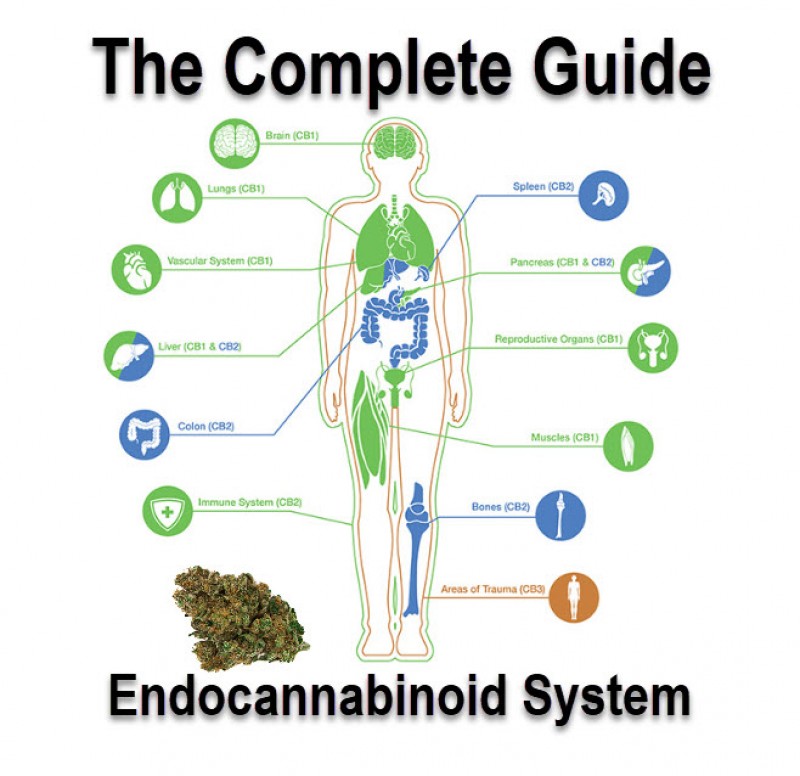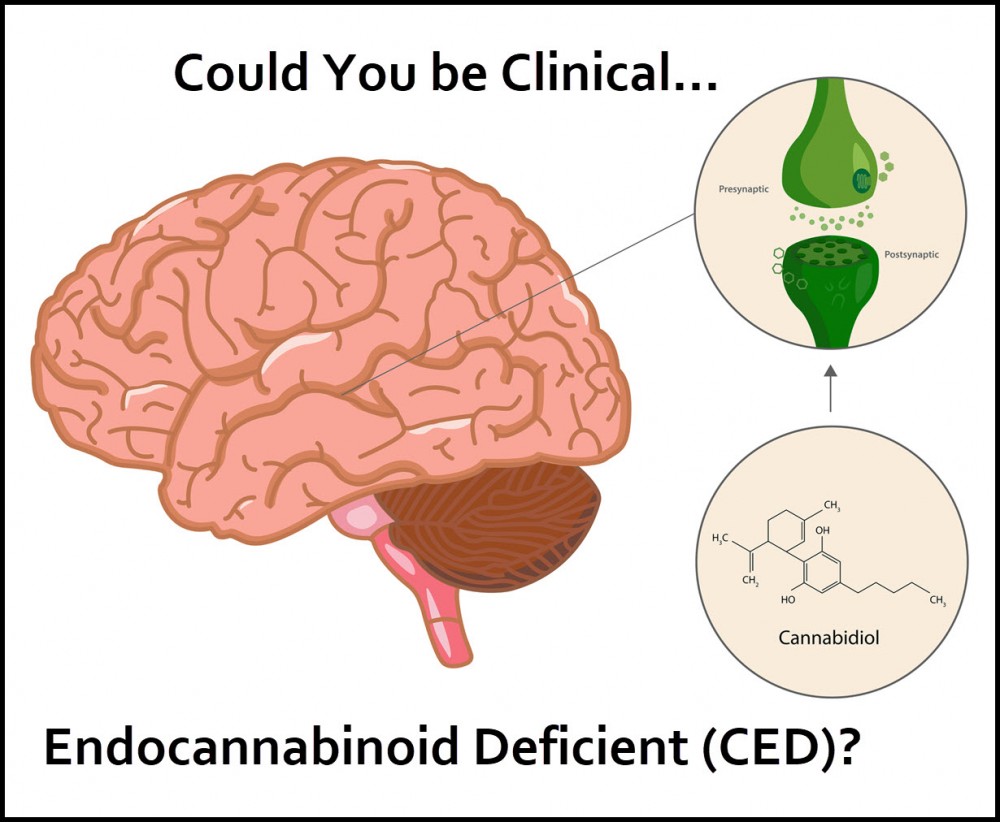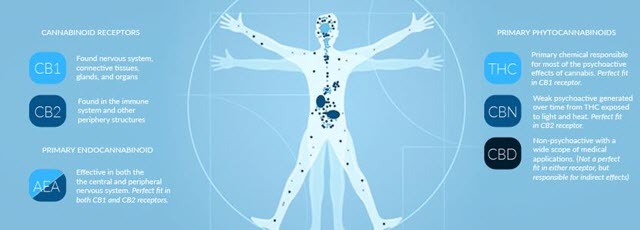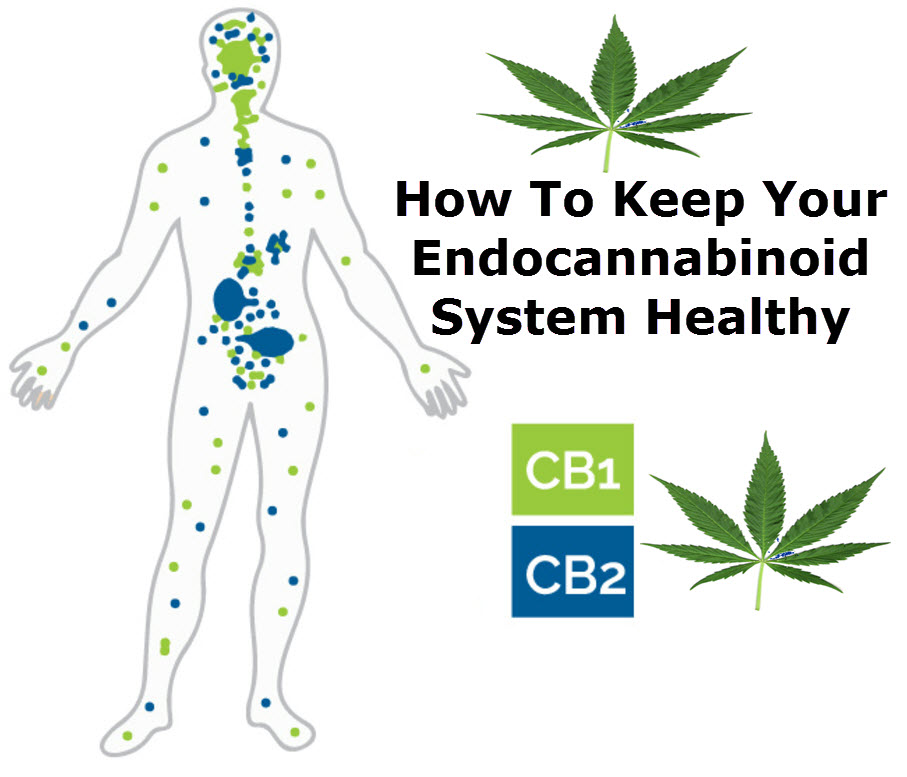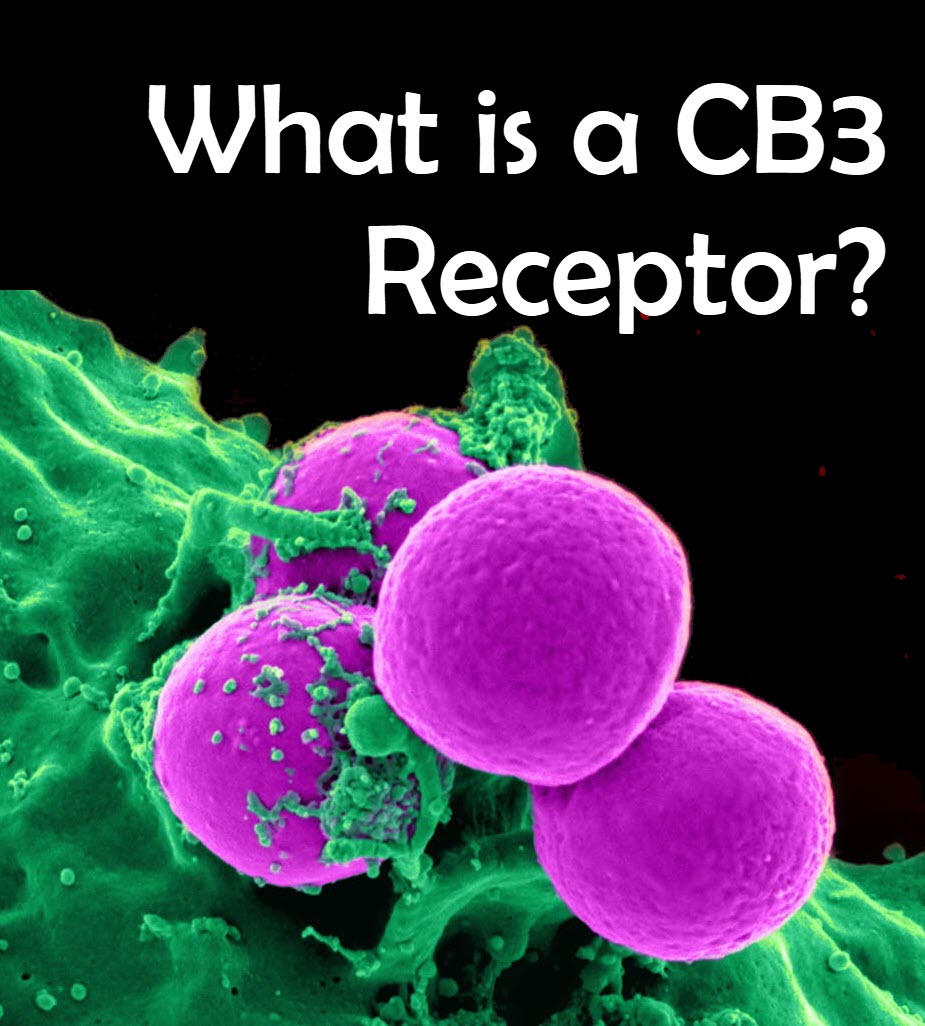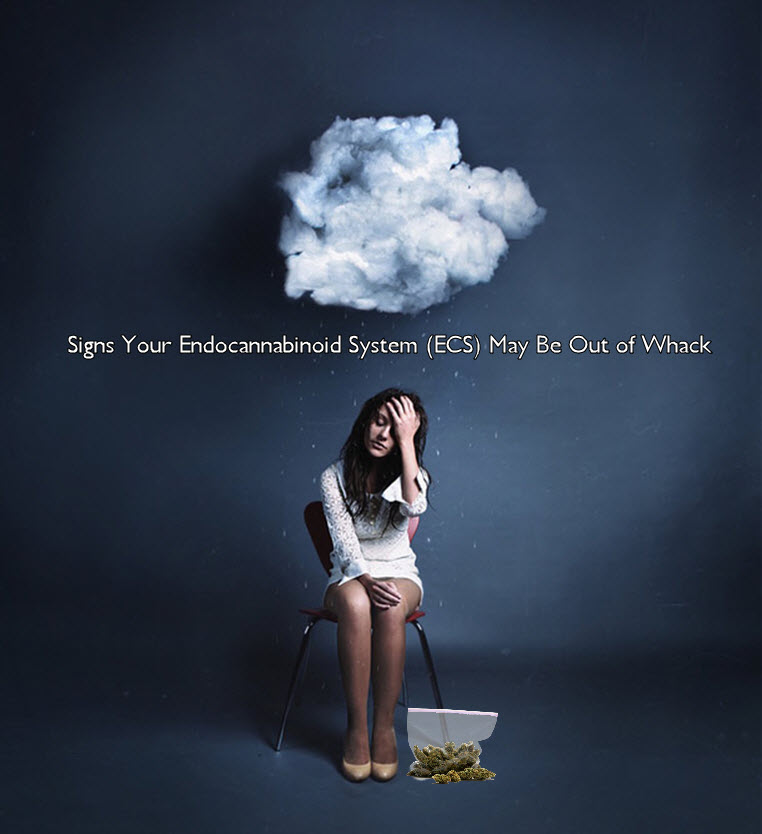A Complete Guide to Your Endocannabinoid System
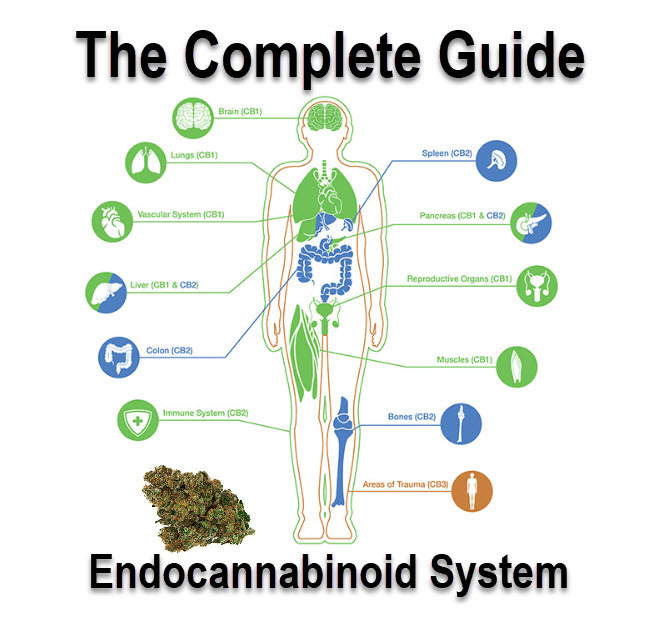
You have probably noticed that in the majority of cannabis health-related topics we talk about the endocannabinoid system, also known as the ECS. This is because it is nearly impossible to try and explain how cannabis benefits medical conditions without discussing the ECS.
In this guide we will delve into the role of the ECS and look at the different types of cannabinoids, CB1 and CB2 receptors, and how they all link together, as well as how cannabis can help keep the endocannabinoid system working efficiently.
The Endocannabinoid System
The ECS, is a regulatory system found in the body of every mammal. The ECS is linked to the brain, organs, glands, muscles, tissues, and nerves. It is responsible for maintaining homeostasis, the body’s ability to keep a state of internal balance, enabling all systems and organs to function optimally together. The bodily functions it regulates include appetite and metabolism, pain, inflammation, sleep, mood, body temperature, cardiovascular issues, digestion, immune function, brain function, memory and reproduction.
Though most people aren’t aware that the ECS even exists, it’s important to learn about since it plays a major role in several processes within the human body.
In fact, when we get sick and medicate with cannabinoids in cannabis, it’s because the system has a deficiency which cannabis can treat.
Cannabinoids
Phytocannabinoids are the cannabinoids found within the cannabis plant. There are at least 113 known cannabinoids within the cannabis plant, the most well know being THC, also known as delta-9-tetrahydrocannabinol and cannabidiol or CBD.
Endocannabinoids are the cannabinoids that the body produces naturally. Unlike the large number of phytocannabinoids which have been identified within the cannabis plant there are only five known endocannabinoids in the human body, these include anandamide, 2-arachidonyl glycerol, virodhamine, noladin ether and N-arachidonyl dopamine.
There are also synthetic cannabinoids which are made in a lab to replicate the molecular structure of phytocannabinoids and endocannabinoids. They target the receptors in the ECS but tend to have severe side effects as they lack the synergy between naturally occurring cannabinoids.
Cannabinoid Receptors
Within the ECS there are receptors known as the CB1 and CB2 receptors. Scientists have been discovering that these receptors can be found in almost all major parts of the body, the CB1 receptor has been identified in the brain, muscles, vascular system, muscles, liver, reproductive organs and GI tract, and the CB2 receptors have been found in bones, skin, immune system, spleen and pancreas. This list is continuing to grow with on-going research.
Endocannabinoid System Communication
When endocannabinoids bind to the CB1 and CB2 receptors they allow for two-way communication between cells. When something is out of balance, signals are sent to the activate the ECS triggering a wide range of biological functions to help correct it and create a state of homeostasis throughout the body.
Endocannabinoid Deficiency
Many factors feed into the effectiveness of our ECS, but a significant consideration is the production of endocannabinoids which are needed to bind with receptors. Endocannabinoid deficiency is when there are low levels of endocannabinoids in your body or ECS, which can lead to the development of certain conditions.
Cannabis for Endocannabinoid Deficiency
As mentioned earlier phytocannabinoids (plant-derived cannabinoids) have a similar molecular structure to endocannabinoids. The cannabis plant contains an abundance of phytocannabinoids such as THC, CBD, CBC, and CBG. When consumed, they too can trigger reactions via CB1 and CB2 receptors. The title of either receptor correlates to which types of chemical it can bind with. The phytocannabinoid
THC has an affinity for CB1, while CBD, CBC and CBG show a stronger preference for CB2 receptors.
It is through this process that cannabis offers significant medical benefits by allowing the body to naturally fight a wide variety of different diseases and conditions.
Final thoughts
Considering the ECS has only been discovered in the 1990’s, there is still a lot that scientists need to learn about it in order to have a more complete understanding of how cannabis works in the ECS. However, it’s undeniable the importance of the role the ECS plays in maintaining a healthy, well-functioning body and it’s exciting to know about the on-going research to find out how we can manipulate it with cannabis to effectively treat almost any medical condition with very few side effects.
MORE ON THE ENDOCANNABINOID SYSTEM, READ THIS..
ENDOCANNABINOID DEFICIENT DISEASE, CLICK HERE.
OR..
AMAZING FACTS ABOUT THE ENDOCANNABINOID SYSTEM
OR...
HOW TO KEEP YOUR ENDO SYSTEM HEALTHY, CLICK HERE.
OR..
WHAT ARE YOUR CB3 RECEPTORS, READ MORE....
OR..
IS YOUR ENDOCANNABINOID SYSTEM HEALTHY OR NOT?

